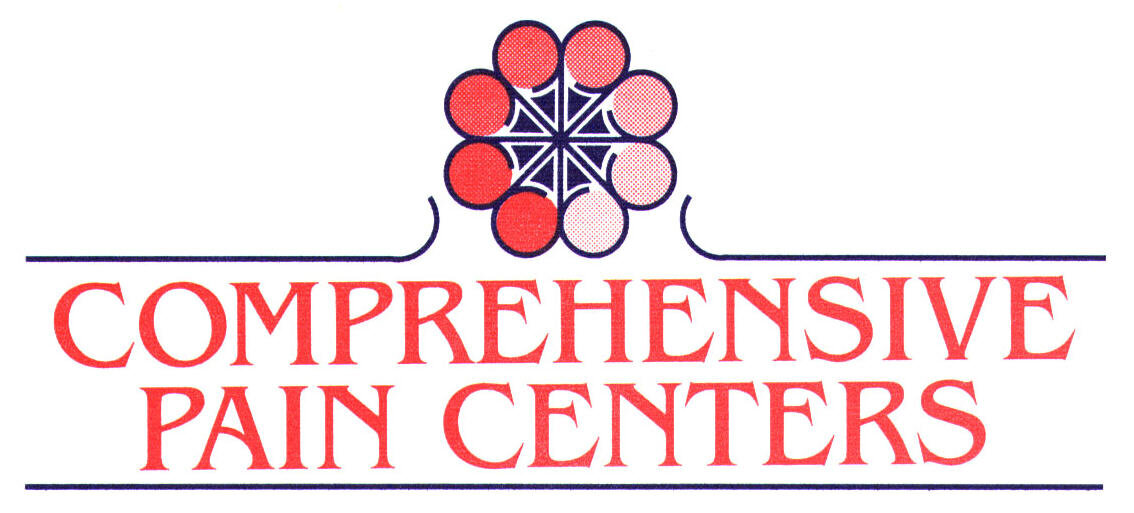Dealing With Joint Pain After An Accident Or Injury, Especially Chronic Pain
After an injury or accident, joint pain is common. Sometimes the pain can be so severe that it is difficult to engage in daily activities. You may have to take time off work or reduced your workload to let the injury heal. Here are some of the common treatments for joint pain:
Bracing
When joints are injured, rest is often needed. This gives the area time to heal. Your doctor might provide you with a brace to decrease movement in the joint. You will be given instructions on how often to wear the brace. Some braces only need to be worn at night, some during the day, and others all the time. It depends on the severity and location of the injury.
Joint Injections
Joint injections are a common treatment after suffering an injury. Your doctor may inject cortisone directly into the affected joint. The medicine will reduce inflammation and pain while increasing mobility. You might notice increased pain and swelling during the first 48 hours. After that, you should experience relief. These injections last for several months. By then, you should be healed from your injury. If not, your doctor might recommend a second injection to provide additional pain relief.
If the pain is nerve-based, your doctor may recommend a nerve block. This is an injection targeted to the nerve(s) in the spine which align with the joint pain. For nerve pain, other treatments may be recommended, if a nerve block is effective.
Physical Therapy
Physical therapy is also critical in relieving joint pain. Your physical therapist will help you regain your mobility and range of motion in the joint. Therapy will include exercises as well as manual techniques, such as massages. Your therapist also might use heat, cold, and a TENS unit to reduce the pain.
Along with relieving pain and increasing mobility, physical therapy can strengthen the surrounding tendons and muscles. That way, you will be less likely to injure the joint again.
Medication
Medication is occasionally used to help people suffering from joint pain. This medication may be to address pain or your doctor might prescribe antidepressants to help with sleep. However, pain medications are usually not necessary, unless nerve pain is involved. If the joint pain is accompanied by muscle spasms, you be given a muscle relaxer. Your doctor will talk to you about the medication necessary to treat your injury.
R.I.C.E.
Your doctor will also likely prescribe the RICE (rest, ice, compression, elevation) method for treating joint pain. He or she will provide you with a schedule for icing and elevating the affected area. Following the schedule will reduce the inflammation and promote blood flow to the joint. This will improve your symptoms. It also helps your doctor to identify musculoskeletal pain versus neuropathic pain.
Get Treatment for Joint Pain
Getting an injury from an accident or even while at work, is bad enough. To then be suffering from joint pain that does not diminish is even more challenging. Do not try to handle the injury on your own. Visit a Comprehensive Pain office to get help with ongoing joint pain. Finding the right treatment for chronic pain following an injury or accident can make all the difference in getting you back to work!
